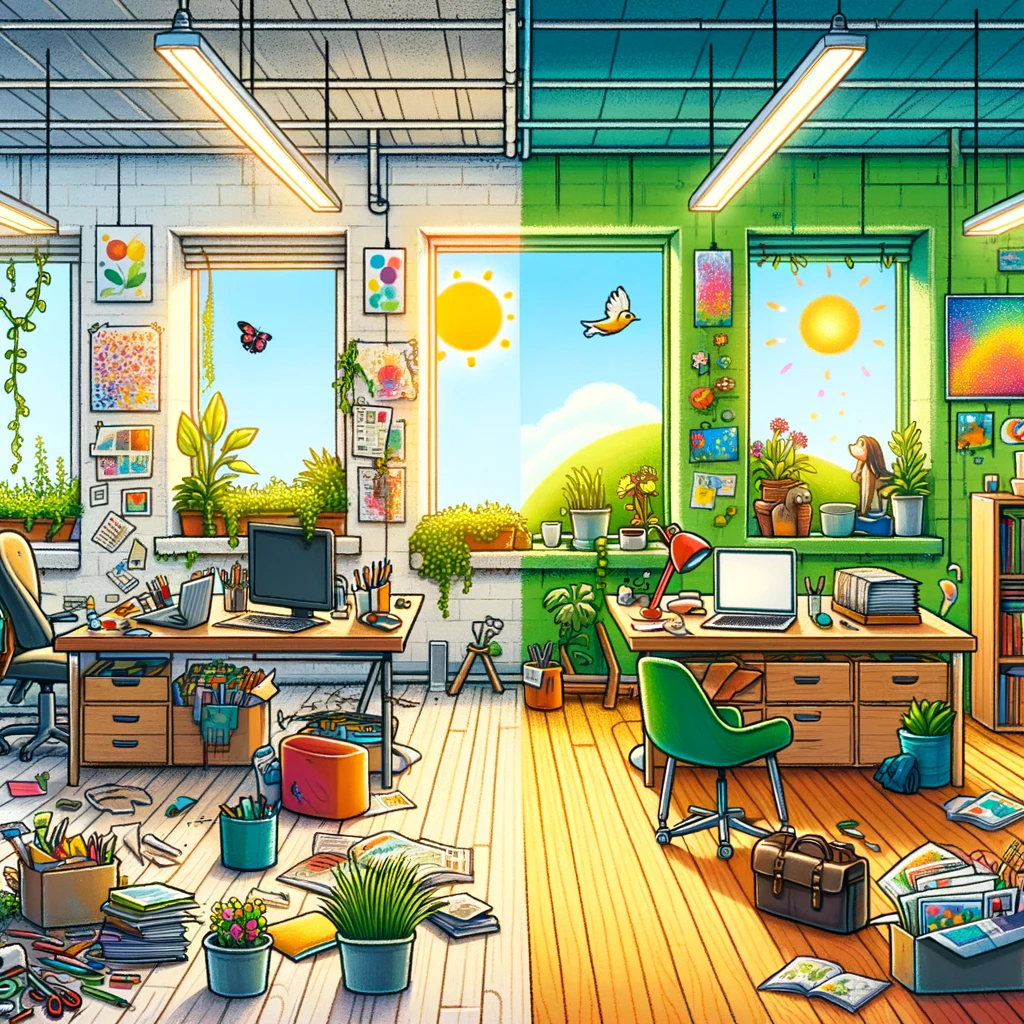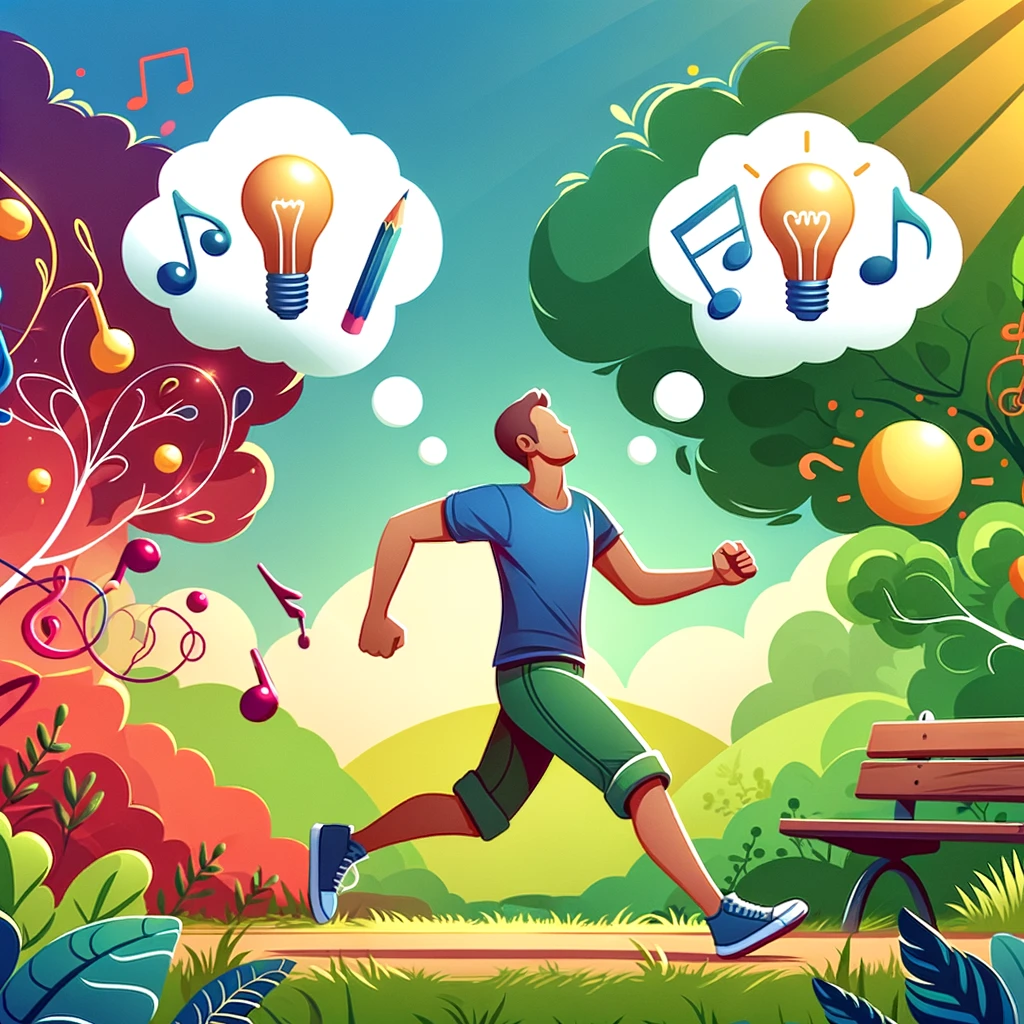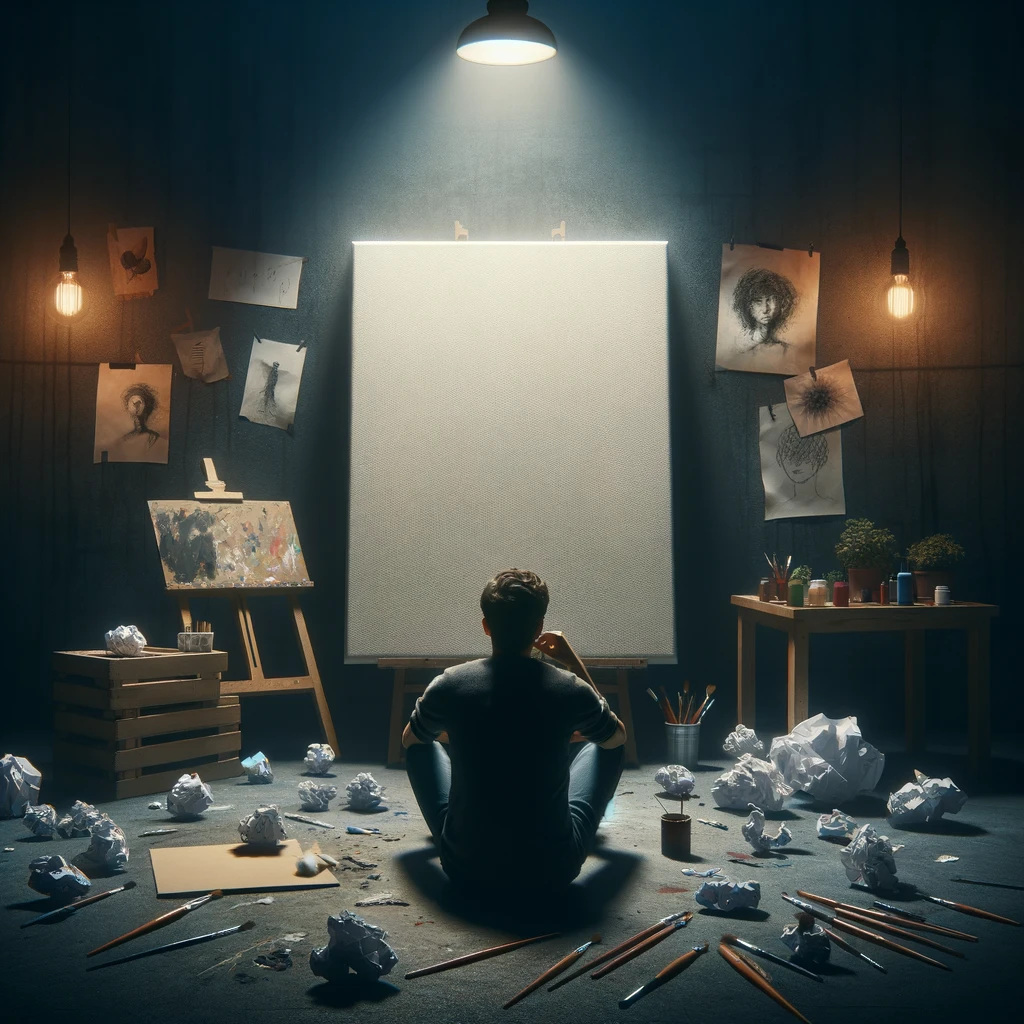
Table of Contents
Introduction
Discover how to overcome a creative block with our comprehensive guide, exploring the science behind these challenges and offering effective strategies to reignite your creativity and productivity.
Creative blocks are more than just temporary setbacks; they are profound challenges that can impede the flow of ideas and the ability to create. These blocks are not limited to any specific discipline and can affect anyone engaged in creative work, from writers to painters, musicians to entrepreneurs. Understanding the nuanced science behind these blocks not only demystifies them but also provides a roadmap for navigating through them.
Understanding Creative Blocks
Creative blocks are often misunderstood as a lack of effort or inspiration. However, they are complex phenomena influenced by a mix of psychological, environmental, and biological factors. Identifying the type of block one is experiencing is crucial for finding an effective strategy to overcome it. Whether it’s a lack of motivation, fear of failure, or simply being stuck in a creative rut, each block has its unique challenges and solutions.
The Psychological Aspect of Creative Blocks
The Role of Stress

Stress plays a pivotal role in creative blocks. It triggers the brain’s survival mechanisms, diverting attention and resources away from creative processes to more immediate concerns. This survival mode significantly narrows our cognitive focus, making it harder to access the broad, associative thinking required for creativity.
The Impact of Routine and Monotony

While routine can provide a necessary structure for creativity, falling into a monotonous pattern can stifle it. The brain thrives on novelty, and without new experiences or challenges, it can become less efficient at generating creative ideas. Introducing small changes or new experiences can stimulate the brain and reignite creativity.
Biological Factors Influencing Creative Blocks
The Brain’s Response to Creativity

The brain’s network involved in creative thinking includes areas responsible for association, imagination, and abstract thinking. When these areas are not optimally engaged—due to factors like stress, fatigue, or poor health—the capacity for creativity is diminished. Nurturing the health of these brain areas through proper rest, nutrition, and mental exercises can enhance creative abilities.
Strategies to Overcome Creative Blocks
Embrace New Experiences

Seeking new experiences is a powerful antidote to creative blocks. These experiences can shift perspective and inspire new ideas by forcing the brain out of its comfort zone. Whether through travel, exploring new hobbies, or engaging with diverse groups of people, new experiences can provide the spark needed to overcome creative stagnation.
Incorporate Relaxation Techniques

Relaxation and mindfulness techniques can counteract the effects of stress on creativity. Practices such as meditation, yoga, and even simple breathing exercises can help calm the mind, making it more receptive to creative thoughts. Regular practice can also improve focus and mental clarity, further enhancing creativity.
Change Your Environment

The environment plays a crucial role in creativity. A stimulating, changeable environment can inspire and facilitate creative thinking. Even small changes, such as rearranging one’s workspace, introducing plants, or working in natural light, can make a significant difference. For those who can, working in different locations—a park, a café, or a library—can provide new stimuli and insights.
Cognitive Behavioral Techniques
Challenge Negative Thoughts

Negative self-talk and fear of judgment can exacerbate creative blocks. Cognitive-behavioral techniques that identify and challenge these negative thoughts can be effective in overcoming them. By replacing negative thoughts with positive, constructive ones, individuals can create a more supportive mental environment for creativity.
Visualization Techniques

Visualization is a powerful tool for overcoming creative blocks. By vividly imagining the process of working through a block and envisioning the outcome, individuals can foster a sense of confidence and direction. This mental rehearsal can prepare the mind for creative work and make the task seem more achievable.
The Role of Physical Activity in Creativity

Physical activity is not only beneficial for physical health but also for mental and creative well-being. Exercise increases blood flow to the brain, enhancing cognitive functions and promoting neuroplasticity. Activities that encourage a meditative state, such as walking or running, can also provide the mental space necessary for creative thinking.
Creative Exercises to Unblock Your Mind
Brainstorming Sessions

Brainstorming, whether alone or in a group, can jumpstart the creative process. The key is to allow ideas to flow without judgment, encouraging quantity over quality initially. This can lead to unexpected connections and breakthroughs.
Mind Mapping
Mind mapping is a visual tool for organizing thoughts and ideas. It can help clarify the connections between different concepts, making it easier to expand on them and explore new directions.

Freewriting
Freewriting encourages continuous writing without concern for grammar or cohesiveness. This can help bypass internal criticism and access subconscious ideas, often leading to unexpected insights and breakthroughs.

The Importance of a Supportive Community
A supportive community can provide encouragement, feedback, and new perspectives. Sharing challenges and successes with others can also offer motivation and accountability, which are crucial during creative blocks.

Conclusion
The journey through creative blocks is as much about understanding oneself as it is about employing strategies to overcome them. By embracing the science behind creativity, recognizing the signs of a block, and applying targeted strategies, individuals can navigate their way back to creative productivity and fulfillment.
FAQs
What causes creative blocks?
Creative blocks can stem from a variety of sources, including psychological stress, routine and monotony, negative thinking, and even biological factors that affect brain function.
How long do creative blocks last?
The duration of creative blocks varies widely. They can last from a few days to several months, depending on the underlying causes and the strategies employed to overcome them.
Can exercise help overcome creative blocks?
Yes, regular physical activity can enhance cognitive function, mood, and creativity, making it a valuable tool in overcoming creative blocks.
What is the role of the prefrontal cortex in creativity?
The prefrontal cortex is involved in complex cognitive behavior, decision-making, and moderating social behavior—key components in creative thinking and problem-solving.
How can changing my environment help with creative blocks?
Changing your environment can introduce new stimuli, encourage new ways of thinking, and provide fresh perspectives that can help overcome creative blocks.


Pingback: What is an Art Block: Causes, Impact, and Solutions for Artists - Planet of Disobedients
Pingback: 10 Types of Creative Block Artists Face and How to Overcome Them - Planet of Disobedients